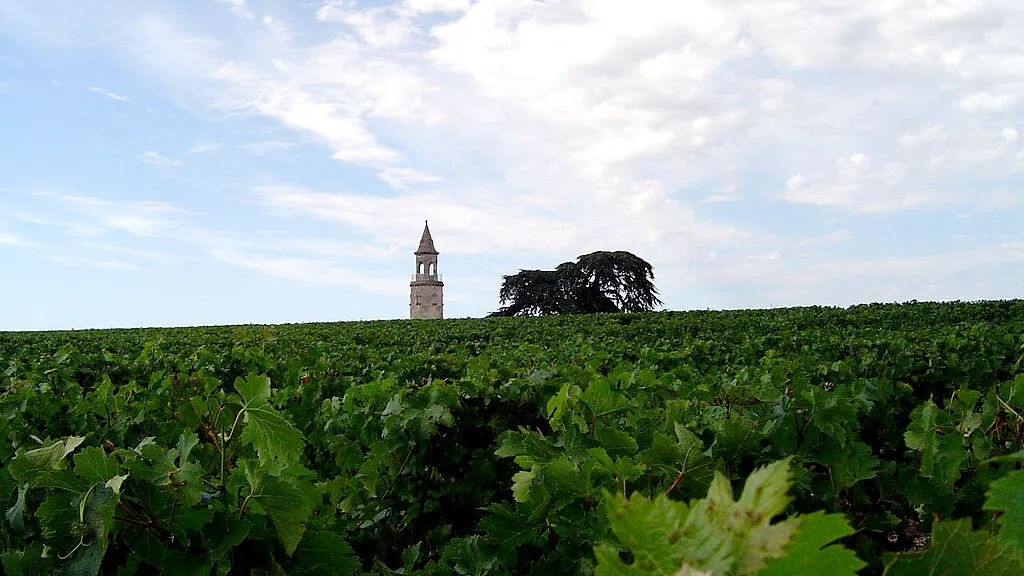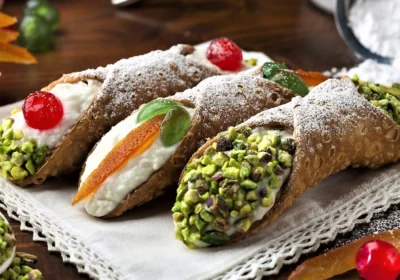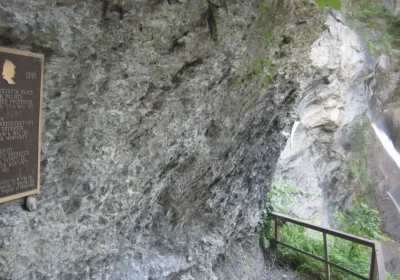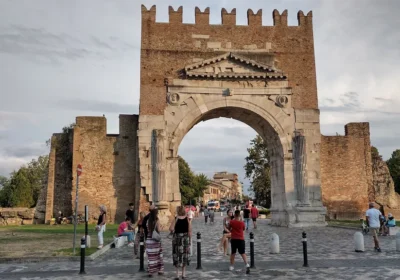The Gironde department (French: Gironde, Occitan: Gironda) and its main city of Bordeaux have been growing and harvesting grapes for 2,000 years. The first grape seedlings were planted in the first century after Christ by the Gaulish tribe of Biturigi vivisci, who founded the city of Burdigala – Bordeaux. Today, the vineyards of Bordeaux stretch across 500 to 542 districts of the department.
57 appellations for approximately 120,000 hectares of vineyards, what more can be said? Nowhere else in the world will you find such a large family: red wines, whites, dry, semi-sweet and sweet wines, rosé, claret, sparkling Bordeaux (which replaced the old fizz wines in 1990) and strong white Bordeaux (a strong tincture based on white grapes).
In red Bordeaux, assemblage is a subtle combination of Merlot, whose flavor contributes softness, richness and versatility of flavors, Cabernet Sauvignon, which gives the wine its stability, its bouquet and its ability to age, and partly Cabernet Franc, for a final touch of finesse and elegance. Petit Verdot is also sometimes added, especially in Médoc, for more firmness, color and richness of flavor.
The proportions added vary according to the varietal prevailing for the appellation, as well as the year and the personal preferences of each host. For white wines, Sauvignon, prevalent in the Entre-Deux-Mers region, yields dry wines with characteristic preserved fruit flavors. “Semillon, a grape variety dominant in sweet wines, favors the development of the so-called “noble rot” and gives golden spruce wines (harvesting is done only at full maturity during the period of overripening, when the berries begin to dry out. During this period, the fungus Botrytis cincrea develops, as a result, the concentration of juice increases due to evaporation of part of the water, reduces acidity and develops a specific flavor, which is very appreciated. The Muscadelle variety (muscadelle) brings softness and a rich floral flavor.
To describe some of the mansions and châteaux of the Gironde département: “Château d’Yquem and its 15th century fortified masonry, the Château de la Salle in Saint-Genès-de-Blaye, and the Rivière château in Fronsac (Rivière) in Fronsac, both of the 16th century, most of the vine residences were born in the 18th century and had the form of a tent (Château Beychevelle), they were decorated occasionally with facades inspired by antiquity (Château Margaux). In the second half of the 19th century, the wine industry reached its peak, with the construction and rebuilding of chateaux and winemakers’ houses in various architectural styles inspired by the past centuries: Medieval, Gothic, Renaissance, Neo-Tudor…. While the Château Laroque in Saint-Emilion is a perfect representative of the Late Empire style, with its intricate lattices, statues and balustrades, and numerous windows, other owners have succumbed to more exotic influences: Louis-Gaspard d’Estournel, nicknamed the “Maharajah of Saint-Estèphe” (his wines were exported as far as India), added Asian pagodas to the roof of his Château Cos d’Estournel.
The most famous wine-growing region of Bordeaux is Medoc. In 1855, it was the vineyards of Medoc that were awarded the Napoleon III imperial classification. It was held within the framework of the World Exhibition in Paris, where the greatest achievements of France were to be demonstrated. The main criterion for the classification was the price of the various wines, as it fairly accurately reflected their quality. This classification, as it was adopted, is still valid today.
The vineyards here are located in a narrow strip along the left bank of the Gironde. They have a number of peculiarities, the main one being the presence of numerous outcrops of gravel. This, as well as the moderate climate and grape varieties, ensure the highest quality of Medoc wines. Only red wines made from Cabernet Sauvignon and Merlot are produced here. They are aged for several years in oak barrels, which gives the wines their characteristic flavor and ability to age for a long time.
In classifying the Medoc vineyards, two sub-regional appellations and a number of communal appellations have been identified. An Appellation is a clearly delineated area within which a unique ecosystem (climate, soil, wind, humidity) has developed and strictly defined grape varieties are cultivated. The wines of the northern part of the area are called Medoc. The best vineyards of Medoc are located in the part of the area called Haut-Medoc. It is located south of Medoc and differs from it in soil and wine quality. It has more gravels and a higher proportion of Cabernet Sauvignon. The wines of O-Medoc may bear the sub-regional appellation – “O-Medoc”.
Putting your feelings into words is the purpose of the tasting. Whether you are a novice or a fine connoisseur, wine tasting always involves analyzing the senses: sight, smell and taste. Sight serves to evaluate the “dress” of the wine. We first assess its transparency and then note the subtleties of its hue. Color is an indicator of a wine’s age and its “state of health”. The aroma allows us to determine the “spirit” of the wine, its bouquet. Having enriched the wine with oxygen, we should inhale it and take a sip. The aromas that are released are classified into 9 types: fruity notes (reminiscent of apricot, blackcurrant, banana…), vegetal notes (hay, lime, and the smells of mold and cork!), floral notes (violet, rose, acacia…), or still chemical (when the wine is exhausted, sour or oxidized), balsamic notes (pine, resin), animal notes, mineral, spicy, or woodsy. Taste analyzes the spiciness of the wine, its balance. Wine is taken into the mouth to evaluate the flavors: sweet, salty, sour, or still such as astringent, pungent, burning,…
Would you like to get to know the world of grapes and wine better, to taste wine right in the cellar where it was born, to share the knowledge of a winemaker who loves his work? In the Gironde department, there are 473 wine estates, cooperative cellars, commercial houses and Wine Houses united under the name “Bordeaux Vineyards and Cellars”, dedicated to providing you with a quality reception, visit and tasting. Their hosts will also be able to give you ideas for visits and visits to the Gironde, closed to the uninformed tourist.

















